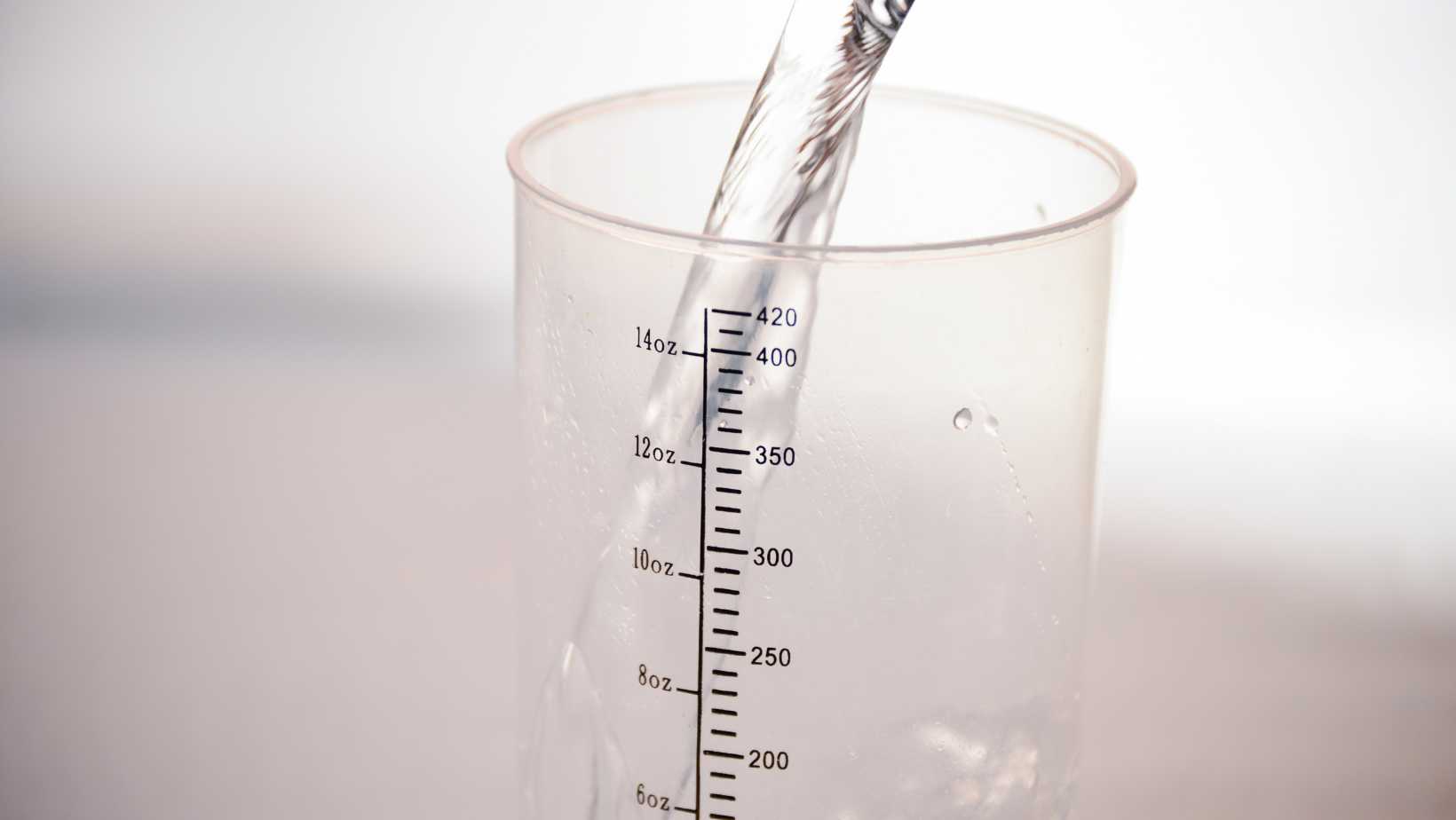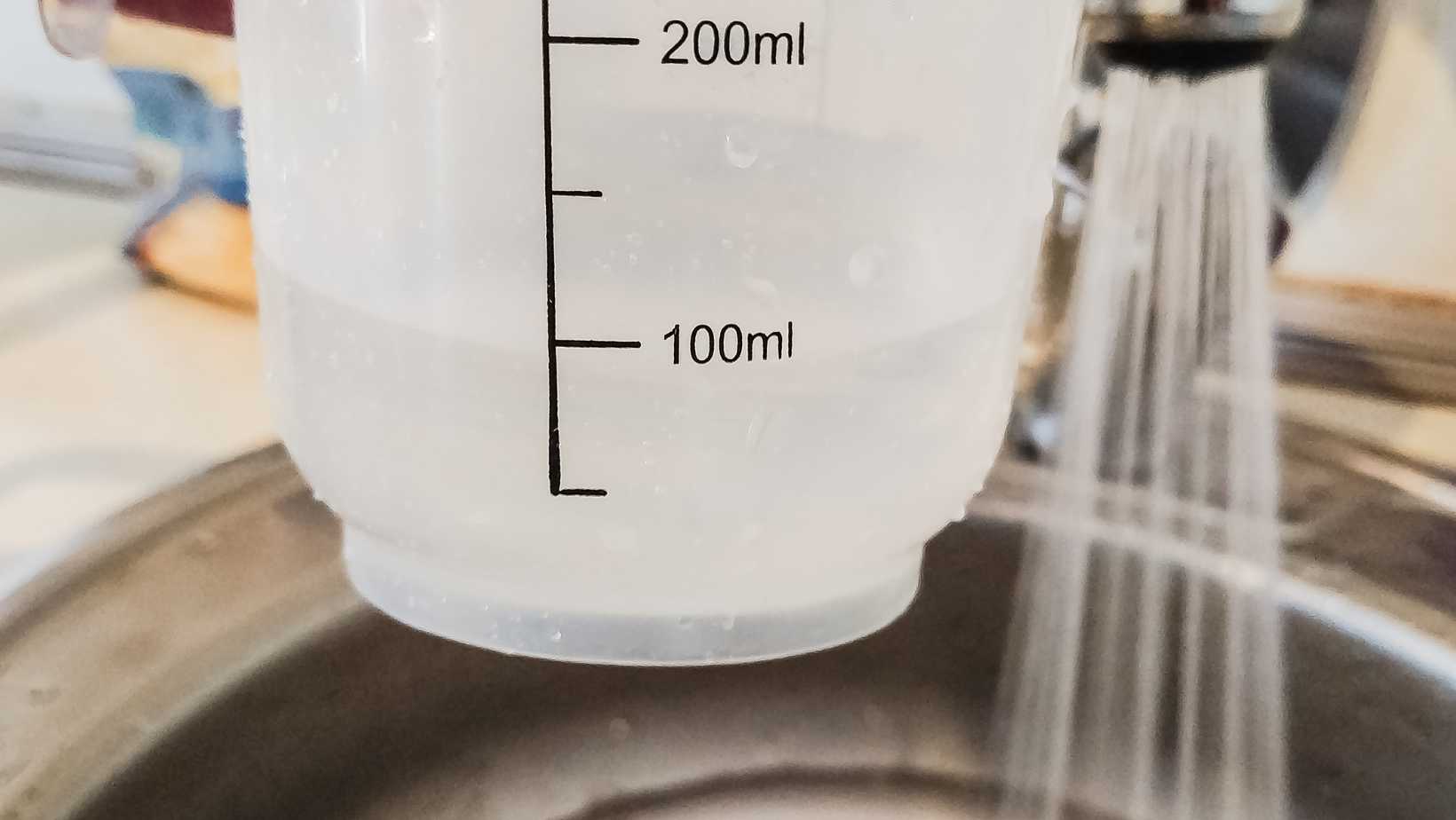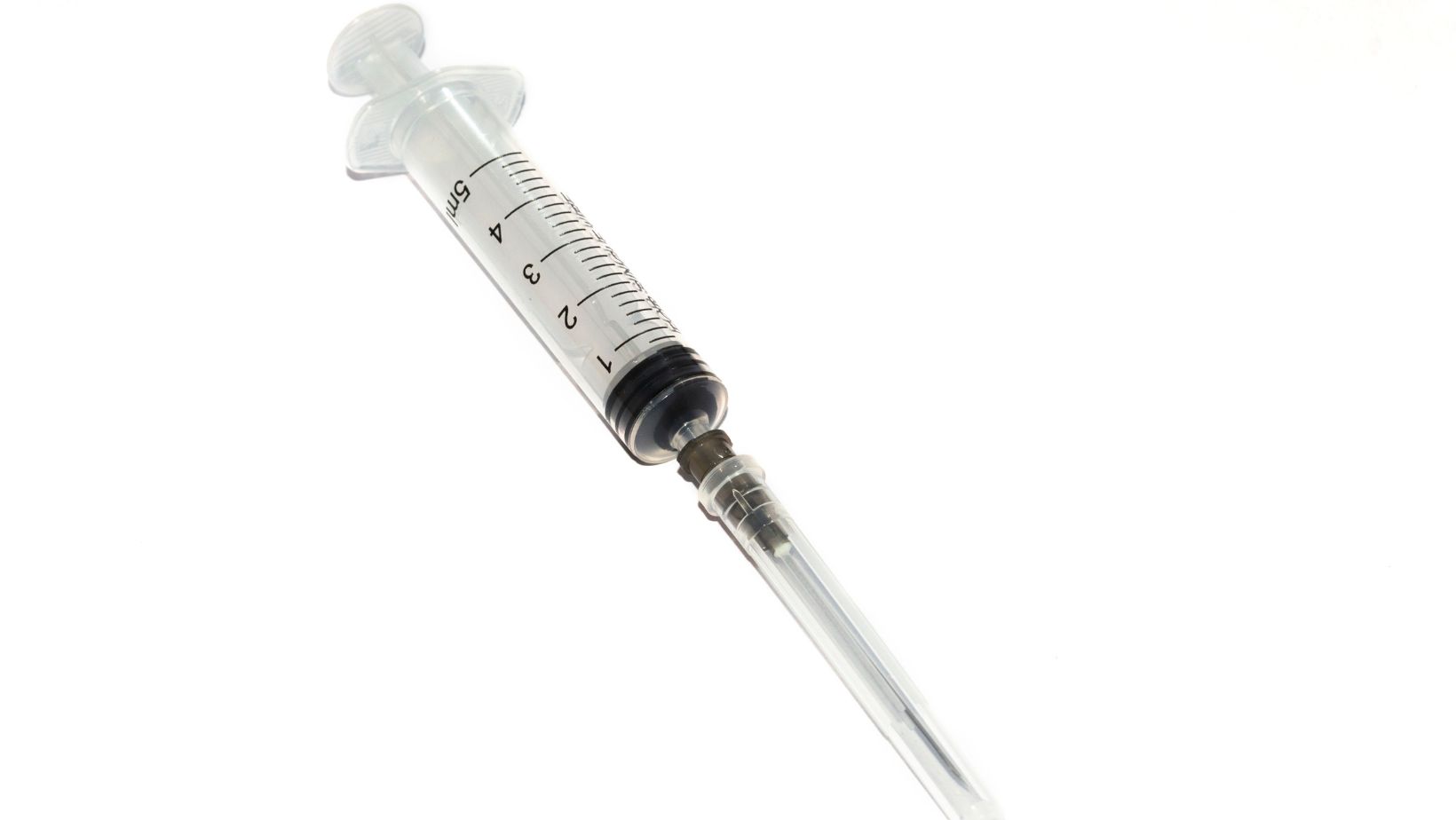How Many KG Are in a ML? Find Out The Conversion

Have you ever wondered about the conversion between kilograms and milliliters? The relationship between these two units of measurement can be quite perplexing. In this article, I’ll tackle the question: “How many kg are in a ml?” and provide a clear explanation to help you understand the conversion.
To begin with, it’s important to note that kilograms (kg) and milliliters (ml) are used to measure different quantities. Kilograms measure mass or weight, while milliliters measure volume. Therefore, direct conversion between these two units is not possible without considering the density of the substance being measured.
How Many Kg Are In A Ml
The Concept of Mass and Volume
When it comes to understanding the relationship between mass and volume, we must first grasp the concepts of these two fundamental properties. Mass refers to the amount of matter an object contains, while volume represents the space occupied by that matter. These two properties are crucial in various scientific fields ranging from chemistry to physics.
Understanding Kilograms as a Unit of Mass
Now that we have a basic understanding of mass, let’s dive deeper into the unit commonly used to measure it: kilograms. The kilogram (kg) is the primary unit for expressing mass in the metric system. It is defined as being equal to the mass of one liter (L) of water at its maximum density, which occurs at 4 degrees Celsius.
To put it simply, if you were to fill a container with one liter (1000 milliliters) of water, that would weigh approximately one kilogram. However, it’s important to note that this relationship may vary slightly depending on temperature and other factors.
Exploring Milliliters as a Unit of Volume
Moving on to volume, milliliters (ml) serve as a common unit for measuring liquids or small quantities of substances. One milliliter is equivalent to one cubic centimeter (cm³), which represents a cube with sides measuring one centimeter each.
It’s worth noting that while milliliters are primarily used for liquids, they can also be applied when measuring certain solids or gases. For example, if you need to determine how much liquid medicine fits in a syringe or how much shampoo is needed for washing your hair, milliliters provide an accurate measurement.
Understanding the relationship between mass and volume helps us in many practical applications such as cooking measurements, laboratory experiments, and even everyday tasks like filling up our car’s fuel tank efficiently.

Understanding The Relationship Between Mass And Volume
As we delve further into this topic, we’ll explore more specific examples and calculations to deepen our understanding of the relationship between mass and volume. Stay tuned for more insightful information!
Converting Kilograms to Milliliters
When it comes to converting kilograms to milliliters, the process can be a bit complex. This is because kilograms and milliliters are units of measurement for mass and volume, respectively. However, with the right conversion factor, we can determine how many kilograms are in a milliliter.
To understand this conversion, it’s important to note that the relationship between kilograms and milliliters varies depending on the substance being measured. Different substances have different densities, which affect their conversion factors. In general, though, the conversion factor for water is often used as a baseline.
For water:
1 kilogram (kg) = 1000 milliliters (ml)
This means that if you have 1 kilogram of water, it would be equivalent to 1000 milliliters in volume. Keep in mind that this specific conversion factor applies only to water and may not be accurate for other substances.
If you’re working with a substance other than water, determining the exact conversion factor may require additional information such as density or specific gravity. Consulting reliable reference materials or reaching out to experts in the field can help you obtain accurate conversions for specific substances.
Here’s an example of how you can use the above information for conversions:
Let’s say you have 500 grams (0.5 kg) of a liquid other than water and want to know its volume in milliliters. To find out how many milliliters are equivalent to this mass, you would need to consider its density or specific gravity.
Once you have obtained the necessary information about your substance’s density or specific gravity from reliable sources or testing methods, multiply its mass (in kilograms) by its density (in grams per milliliter). This will give you the final result in milliliters:
Volume in Milliliters = Mass in Kilograms x Density/Specific Gravity
It’s crucial to remember that the conversion from kilograms to milliliters can vary depending on the substance being measured. Therefore, always ensure you have accurate and relevant information specific to the substance you are working with.
In conclusion, converting kilograms to milliliters involves considering the density or specific gravity of the substance in question. While water has a straightforward conversion factor of 1 kilogram = 1000 milliliters.




